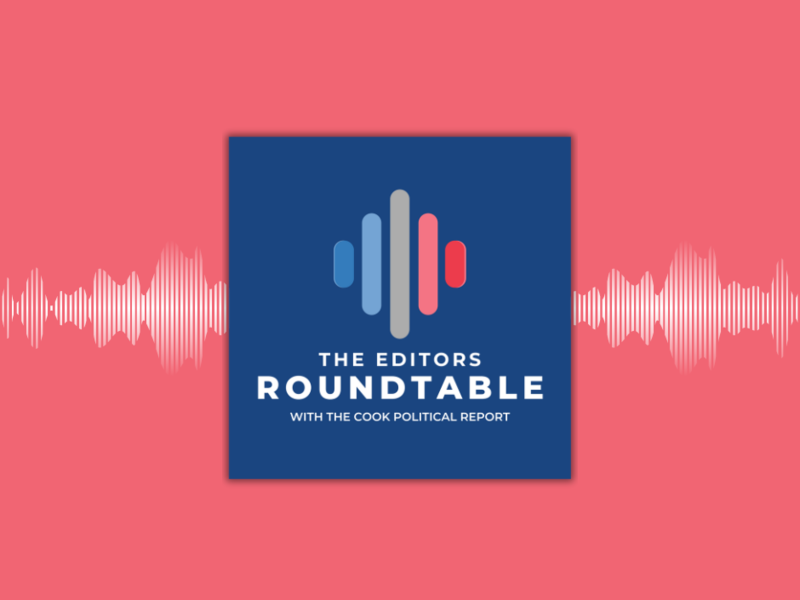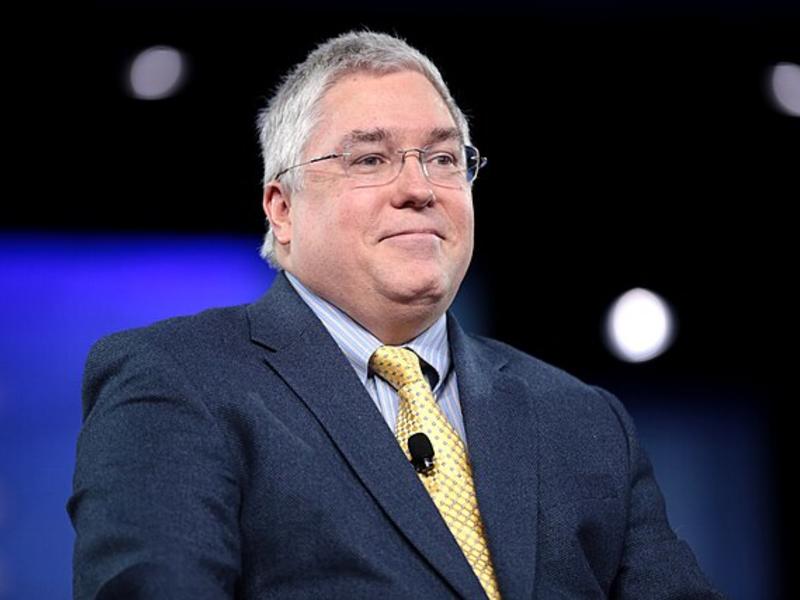
President Trump endured plenty of ups and down during his first three years in office. Just not when it came to polling. The gap between his highest and lowest job-approval ratings is the narrowest of any first-term president in the history of modern polling (since 1945). The levels of extreme partisanship that we have grown into over the past 30 years creates both a higher floor but a lower ceiling for presidents.
Granted, many of his predecessors had extraordinary events that drove their peaks into the stratosphere. The country united after the death of President Franklin Roosevelt, sending newly sworn-in Harry Truman to a stratospheric 87 percent approval rating. Truman’s rating later dropped to the mid-30s before his upset win in 1948, though it later fell again, this time to 22 percent. Lyndon Johnson’s approval reached 79 percent upon taking the job after the assassination of President Kennedy, a grieving country coming together after another tragic vacancy in the Oval Office.
After ascending to the presidency following the resignation of Richard Nixon, Gerald Ford bound the nation with these words: “My fellow Americans, our long national nightmare is over. Our Constitution works. Our great republic is a government of laws and not of men. Here, the people rule. ... As we bind up the internal wounds of Watergate, more painful and more poisonous than those of foreign wars, let us restore the Golden Rule to our political process and let brotherly love purge our hearts of suspicion and of hate.”
His remarks were a balm to a wounded and traumatized country, and the polls soon reflected it. His approval surged to 71 percent.
Having run for the presidency as an outsider, Jimmy Carter saw his approval numbers briefly jump to 75 percent, but they would drop as low as 29 percent before his loss to Ronald Reagan. The Gipper in turn initially saw his first-term approval ratings reach 68 percent before plummeting to as low as 35 percent during the 1982 recession. He was reelected two years later with approvals firmly in the mid-50s. George H.W. Bush saw both feast and famine in terms of approval ratings: He reached 89 percent after winning the first Persian Gulf War, yet his ratings would plunge to 22 percent when the economy went into the toilet and the country no longer seemed to appreciate a president whose skill set was aimed more at foreign policy.
As partisanship grew deeper and deeper and not having a war, the high and low of Bill Clinton’s peacetime first term were just 22 points apart at 59 and 37 percent. His big unifying moment came at the memorial service for the victims of the Oklahoma City federal-office-building bombing by a domestic terrorist.
For George W. Bush, after taking office in the most controversial handover of the presidency in history, the Sept. 11 attacks pulled the country together and sent his approval ratings to 90 percent. But his words at Ground Zero and his handling of the aftermath kept his favorability at 65 percent or higher for a full year afterward, not dropping below 50 percent until two years after the event.
Obama’s first-term high and lows were 67 percent and 40 percent, again the extreme partisanship creating both a higher floor but a lower ceiling than his predecessors. With this level of partisanship, it takes a truly extraordinary event, and a president who handles it masterfully, to escape the partisan gravitational pull.
But while partisanship is one thing that has kept Trump in a narrow band of approval, a strong economy benefited him enormously and gave him a degree of insulation from his harsh personal style. Republican pollsters have privately said that any other president with the economy that we had would have had a job approval rating around 60 percent, even though Trump couldn’t ever break 50 percent in a major national poll. One political scientist told me that Trump typically polls about 10 points below many of his policies—a Trump penalty if you will.
Many believe that any incumbent president who encounters a severe recession during an election year has no chance of winning a second term. Period. That is not quite the school of thought to which I belong. As this column has noted many times, I believe the economy no longer plays quite as important a role in presidential approval and reelection, at least compared to things like partisanship, identity politics, and social and cultural issues.
Still, that strong economy has propped him up. Trump’s overall approval ratings consistently run well below his numbers for handling the economy. In its 13 national polls since Trump took office, the CNBC All America Economic Survey has shown between a gap of between 4 and 12 points, averaging 7 points. That survey is conducted by Hart Research and Public Opinion Strategies, the same bipartisan team that does the NBC News/Wall Street Journal poll.
The Quinnipiac University poll puts the Trump penalty somewhere between 5 and 14 points, averaging an overall rating nine points below his numbers for handling the economy.
In the eight times that the ABC News/Washington Post poll has asked respondents for their overall approval rating as well as their approval on Trump’s economic performance, the overall rating ran 4 to 9 points below his economic rating, usually on the higher end of that scale, averaging an 8-point differential.
The critical question would seem to be this: Will swing voters credit Trump credit for how strong the economy was, but no longer is? Or to put it another way: The economy had propped him up. What will prop him up now?
This story was originally published on nationaljournal.com on May 1, 2020










Subscribe Today
Our subscribers have first access to individual race pages for each House, Senate and Governors race, which will include race ratings (each race is rated on a seven-point scale) and a narrative analysis pertaining to that race.